Hiking James Irvine Trail to Fern Canyon and Gold Bluffs Beach (Prairie Creek Redwoods State Park)
The James Irvine Trail is an incredible hike through a dense redwood forest, leading down to Gold Bluffs Beach and the popular Fern Canyon. Along the way, you can spot redwood sorrel, with its heart-shaped, clover-like leaves, banana slugs, or even Roosevelt Elk, that live in this unique habitat.
In this article, I’ll take you on a journey through this magical hike, share fascinating facts about the majestic redwoods, and my best tips for exploring this route!
What do you imagine the Earth looked like many million years ago, when dinosaurs roamed across a wild planet undisturbed by human influence? Do you envision vast open spaces interspersed within a landscape of dense forests, adorned with incredibly lush vegetation and towering trees that could withstand the appetite of the gigantic creatures? For me, a hike through a redwood forest is like a glimpse into a bygone era so long ago that it is incredibly challenging for humans to comprehend its scale.
While the redwoods we encounter today didn’t exist during the Jurassic era 160 million years ago, they are descendants of tree species from that time. Along the coast of Northern California, these forests have persisted for millions of years! That’s truly remarkable—considering that our human ancestors emerged only around 200,000 to 300,000 years ago.
James Irvine Trail
It was a beautiful day, and the sun was shining from a serene blue sky on this early fall day. Before even embarking on the hike itself, we were already stunned by a herd of Roosevelt Elk that roamed in a large meadow at the parking lot and even on the lot itself. They seemed to be habituated to seeing humans as they did not really bother us or anyone. Peacefully, they were feeding on the grasses while changing their positions from time to time.
Morning calm at Prairie Creek Redwoods State Park — Tule Elk resting peacefully in a sunlit meadow beneath the redwoods.
For the next 5 miles, we wouldn’t see a lot of the bright sky, as we disappeared into the thick forest.
Right from the beginning, there were tall redwood trees lining up on the sides of the trail, otherwise covered in ancient-looking ferns. Here and there, the sun tried its best to peek through the few holes in the midst of the tree leaves, filling the forest with a magical atmosphere. The many lichens hanging from seemingly dead branches hinted at what the weather here often looks like: low-hanging fog that is pushed from the ocean across the coastal forests, providing the trees with much-needed moisture — in fact, mostly the only moisture they receive during the summer months.
It was Labor Day weekend, and we expected many people on the trail. However, for the first time ever, we were pleasantly surprised that we overestimated its popularity. In fact, right from the beginning of the hike, we were pretty much alone.
A bridge led us over a creek, heading straight towards some massive redwoods.
The sun peeks through the dense forest canopy, illuminating the fog-produced lichens hanging from the branches.
It felt like hiking through an enchanted forest. Peaceful and serene, the individual bits of different green and brown shades blended together with tiny sparkles of color to form one magical masterpiece. If the forest were a jigsaw puzzle, it would be one of those where all the pieces seem wildly similar, yet they are all different, as revealed in the whole picture. So much appears alike, while there is so much diversity in the details to discover.
The serenity and beauty of the forest alone were already well worth the hike. But there was something else that I was hoping to see. Something small, slimy, and with a beautiful color: a banana slug. And at some point, I got lucky — despite adverse conditions regarding moisture — as there was a minimum available at this point on this clear sky day. A very healthy-looking one was making its way slowly across a gigantic leaf, leaving a trail of slime everywhere it went.
A banana slug is making its way very slowly across the leaf, leaving behind many slimy trails.
In a Nutshell: Redwoods
1. Where do redwood forests grow?
- Redwood forests grow naturally within a narrow band along the Pacific Coast, spanning from central California to southern Oregon.
2. What conditions do they require?
- Redwoods rely on very specific conditions; they require a maritime climate, which offers stable temperatures, moisture, and fog essential for their growth.
- During the dry summer months, fog contributes nearly 40% of their water intake.
3. How much redwood forest remains today?
- Historically, redwood forests covered approximately 2 million acres in California.
- Extensive logging has depleted about 96 percent of the world’s old-growth coast redwood forests.
- 45 percent of the remaining area is found in the Redwood National and State Parks in California.
4. How old do redwoods get?
- The oldest redwood trees can reach up to 2,000 years old.
- They are not the oldest living trees; the title belongs to the Bristlecone pines, which can live for up to 5,000 years.
5. How tall do redwoods grow?
- Redwoods with their reddish-brown trunks can reach impressive heights of over 350 feet, making them the tallest trees in the world.
- At ground level, mature trees can exceed 20 feet in diameter.
Gold Bluffs Beach
After about half of the hike, we eventually left the forest behind for a while and found ourselves beneath the bright shining sun again. Passing by some lonely sticks of Pampas grass, we approached the ocean. We removed our shoes, and our feet thanked us for setting them free in the soft sand for a break. Now, we would finally have our well-deserved lunch. As we sat down, we realized that at the beach the fog actually wasn't completely absent. Above the wild, cold ocean lingered a trail of condensed water, yet too little to really make it into the coastal forest. The waves were crashing wildly ashore, and the wind blew heavily.
Fern Canyon
Our next stop led us to the very popular Fern Canyon. The water was running at a low level through the walls of ferns, and a large part of the trail would have been doable with shoes on — if stepping very carefully. Stretches of wood were carefully laid out so that those who preferred to keep their feet dry could do so - at least temporarily.
Soon we were faced with a choice: either finally take off our shoes or carefully balance over elevated branches spanning deeper water. As we saw the first person slip and almost fall from the tree, the decision was easy. After all, it was a very mild September day, and cooling off seemed like a good idea anyway. Observing the fern walls up close was stunning: water dripped from above through the countless ferns and moss mixed with them. A very soothing sight.
It was a scenery that easily let scenes of dinosaurs stepping heavily through the creek, drinking its water, and feeding on the trees and ferns emerge before your inner eye. In fact, part of the second Jurassic Park movie was filmed in the Fern Canyon.
After navigating through the riverbed, the Fern Canyon Trail rejoined the considerably drier James Irvine Trail. Leaving behind the world of towering walls of ferns and mosses, we found ourselves back in a landscape where redwoods seemed to dominate over all other life forms. The lower-angled afternoon sun managed to cast its rays onto the forest floor and illuminated the ground-covering plants magnificently. Retracing our steps, we ascended gently above sea level, passing by majestic redwoods, lush ferns, vibrant lichens, and redwood sorrel, with its heart-shaped, clover-like leaves.
The afternoon sun peeks through the canopy, putting a spotlight on the redwood sorrel on the forest floor.
Know Before You Go
Access
For the short access to the Fern Canyon Loop, a permit for parking is required from May 15th – Sept 15th, which you can reserve here.
No permit is needed to access the James Irvine Trail and hike down to the Fern Canyon.
Trails
The James Irvine Trail is 10.3 miles (16.5 km) long with an elevation gain of 1400 ft (427 m). You can find trail navigation on AllTrails.
The trail comes across the Fern Canyon, which I highly recommend to visit. I’d suggest hiking down the James Irvine Trail to Gold Bluffs Beach, and walking the Fern Canyon Trail on the way back. The trail meets the James Irvine Trail again at some point so including the Fern Canyon does not even add more than a few feet to the trip.
The Fern Canyon Loop can also be done seperately as a short 1.1 miles (1.8 km) walk.
Best Time to Visit & Trail Conditions
Both the James Irvine Trail and the Fern Canyon Loop are beautiful year-round. Winter and summer temperatures do not differ much on the Northern Californian coast, and are generally mild.
Winter, however, marks the rainy season, resulting in potentially muddy trails and an increased likelihood of encountering downed trees after storms.
The water level in Fern Canyon may also be higher in winter and spring. However, regardless of the season, the temperature is — in my opinion — generally warm enough to comfortably wade through the water barefoot.
Typically, wooden footbridges are installed in Fern Canyon from June to September. Nonetheless, expect to either remove your shoes or get them wet when traversing the entire trail.
Given the variability of conditions, it's advisable to check recent visitor reviews for up-to-date trail conditions before embarking on your journey.
Leave No Trace
As always when it comes to exploring the outdoors, the principles of Leave No Trace are so important in preserving this unique place as a healthy and pristine habitat. By adhering to these principles, we ensure that animals and plants can thrive undisturbed while also allowing future generations to enjoy the beauty of these natural spaces. Here are some guidlines that I would like to draw attention to:
Pack It In, Pack It Out
Ensure you pack out all trash, including biodegradable food scraps, to preserve the pristine beauty of Redwood National and State Parks. Even though some items are generally biodegradable, the decomposition time can be surprisingly long (for instance, banana peels can take up to two years to break down!). Even biodegradable food scraps can cause harm when introduced to an environment where they don't naturally belong. Proper waste disposal is essential to maintain the delicate balance of an ecosystem.
Minimize human impact (Respecting Wildlife and Flora)
Minimize human impact by avoiding unnecessary noise, respecting wildlife from a distance, and refraining from collecting plants, mussels, or any living organism —all of which are illegal in national parks.
No Pets on Trails
In Redwoods National and State Parks, pets are not allowed on trails to keep them and wildlife safe. However, there are several beaches (including Gold Bluffs Beach), scenic viewpoints, developed campgrounds, and parking areas where you can visit with your dog on leash. Please find more information here on the website of the national park service.
Please let us stick to these principles to ensure that the magic of this beautiful place remains unspoiled for generations to come!
Search
Latest on the Blog
Search
📌 Pin for later

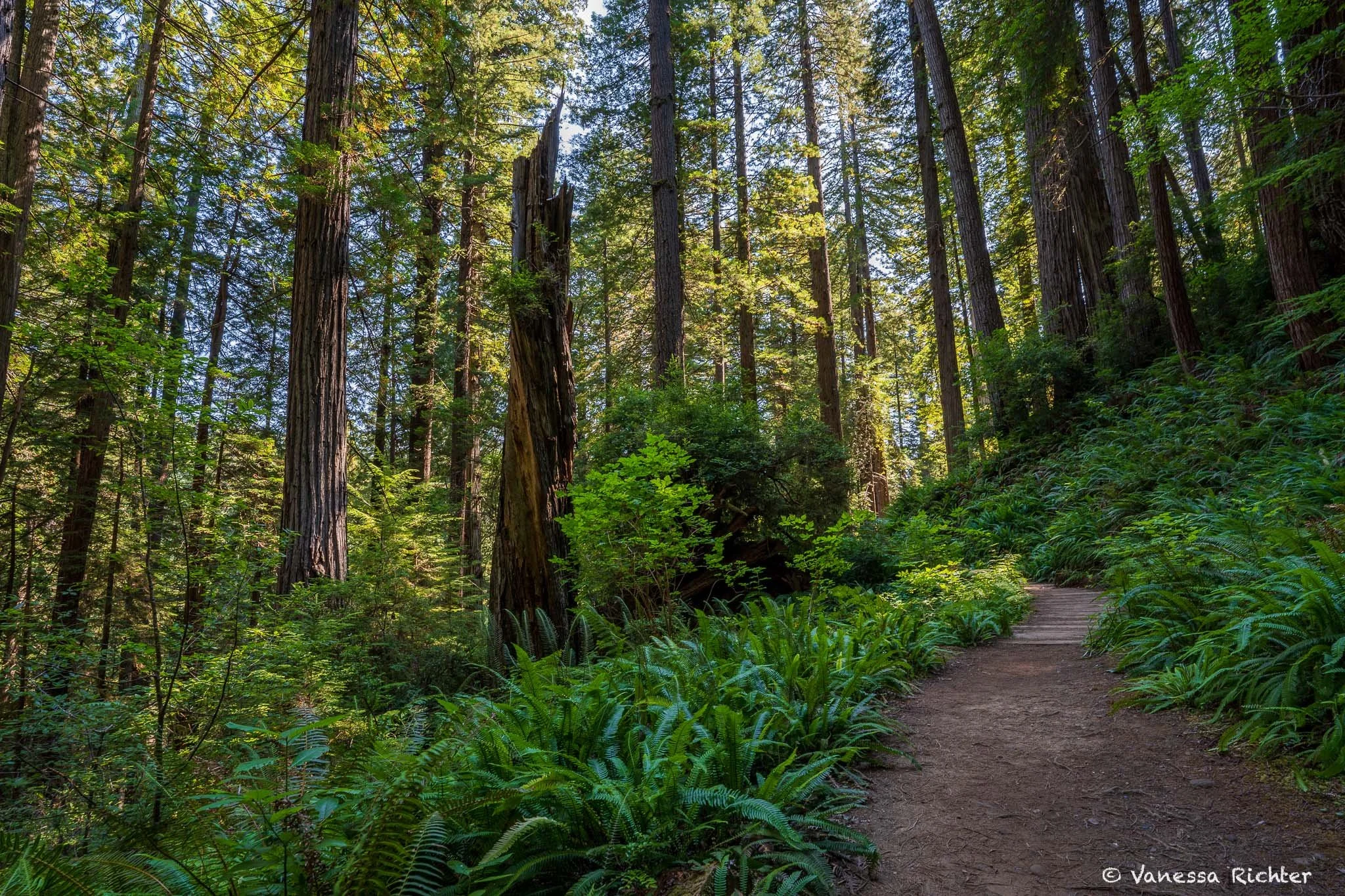


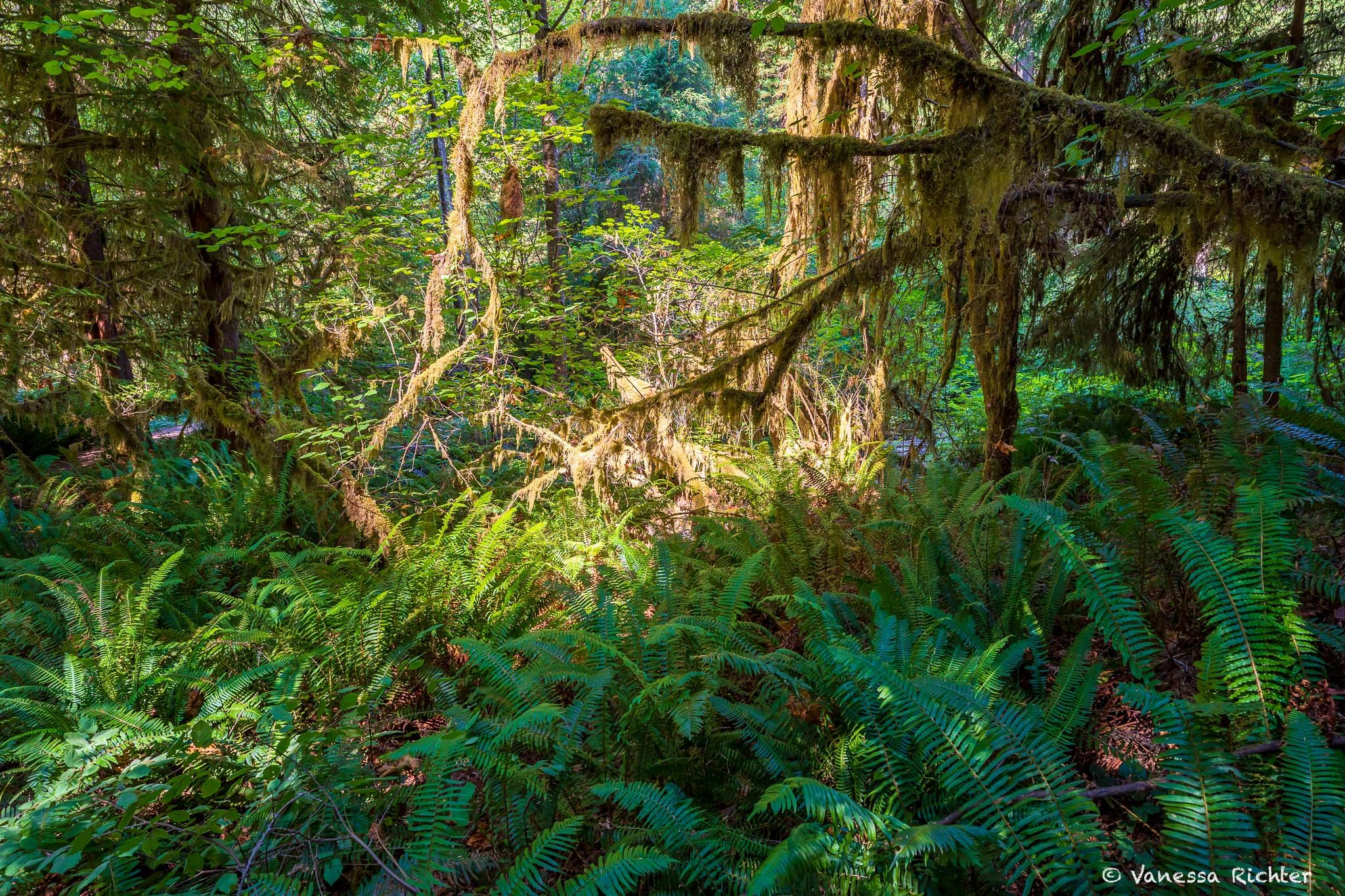
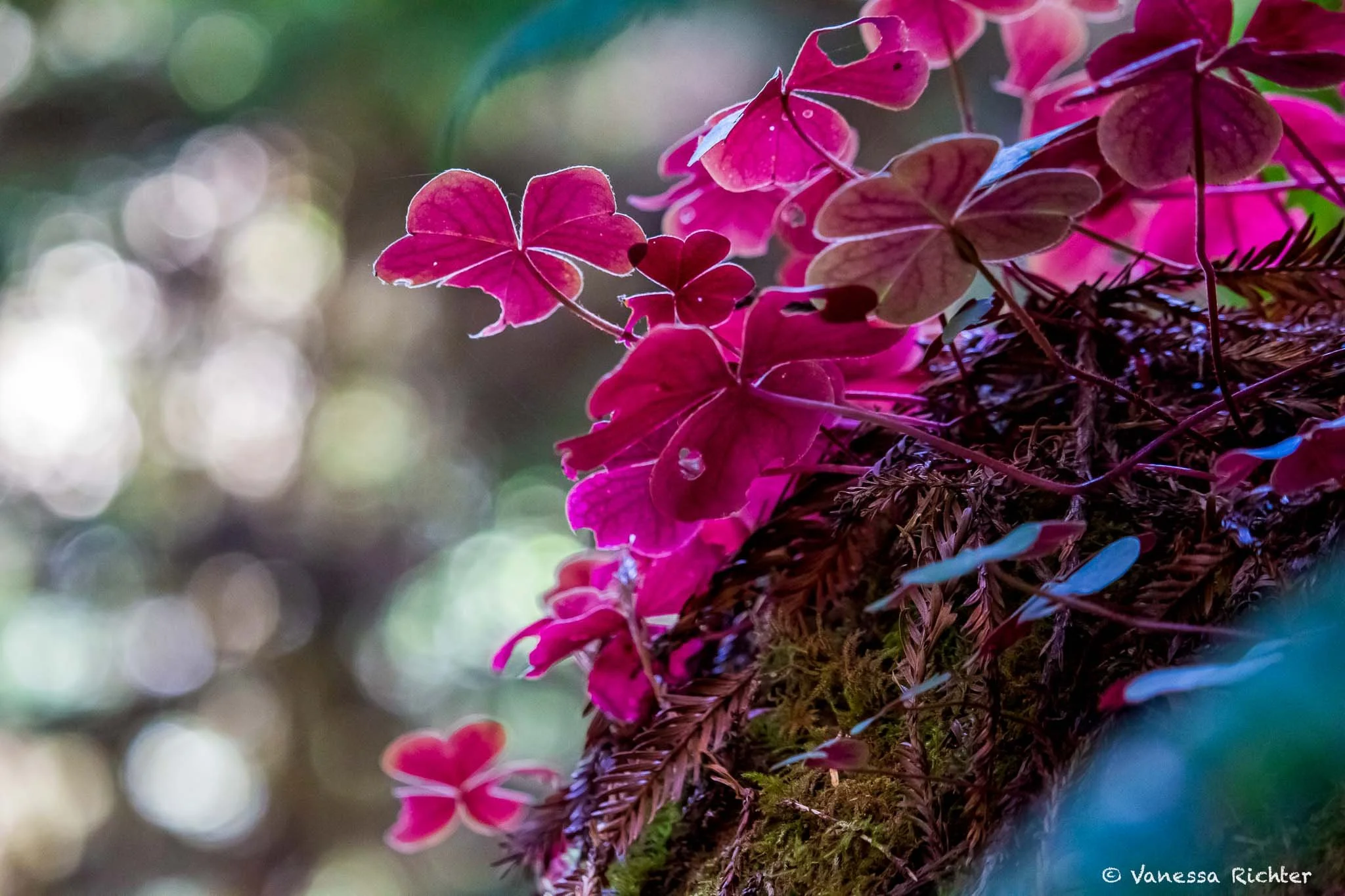
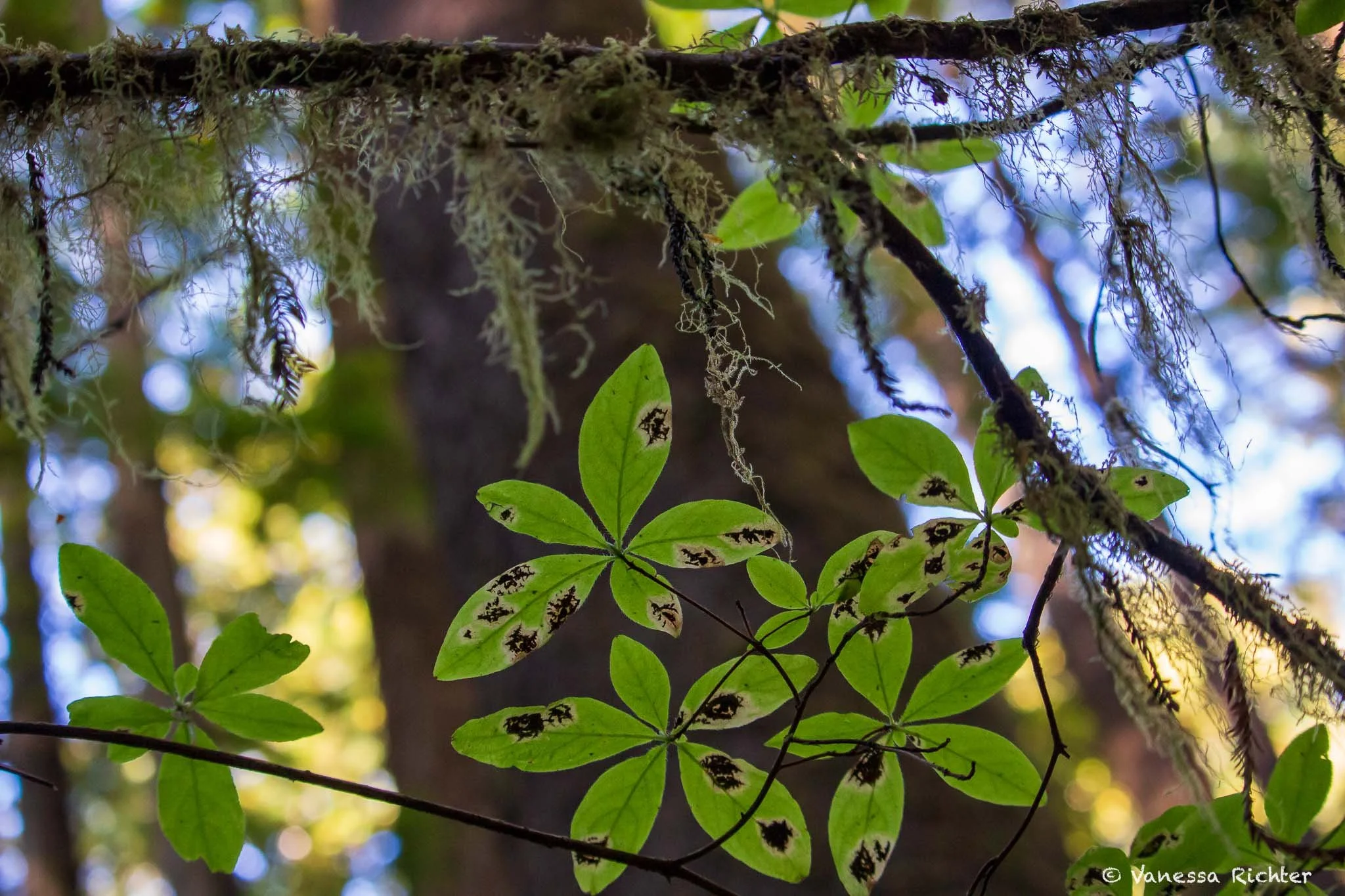
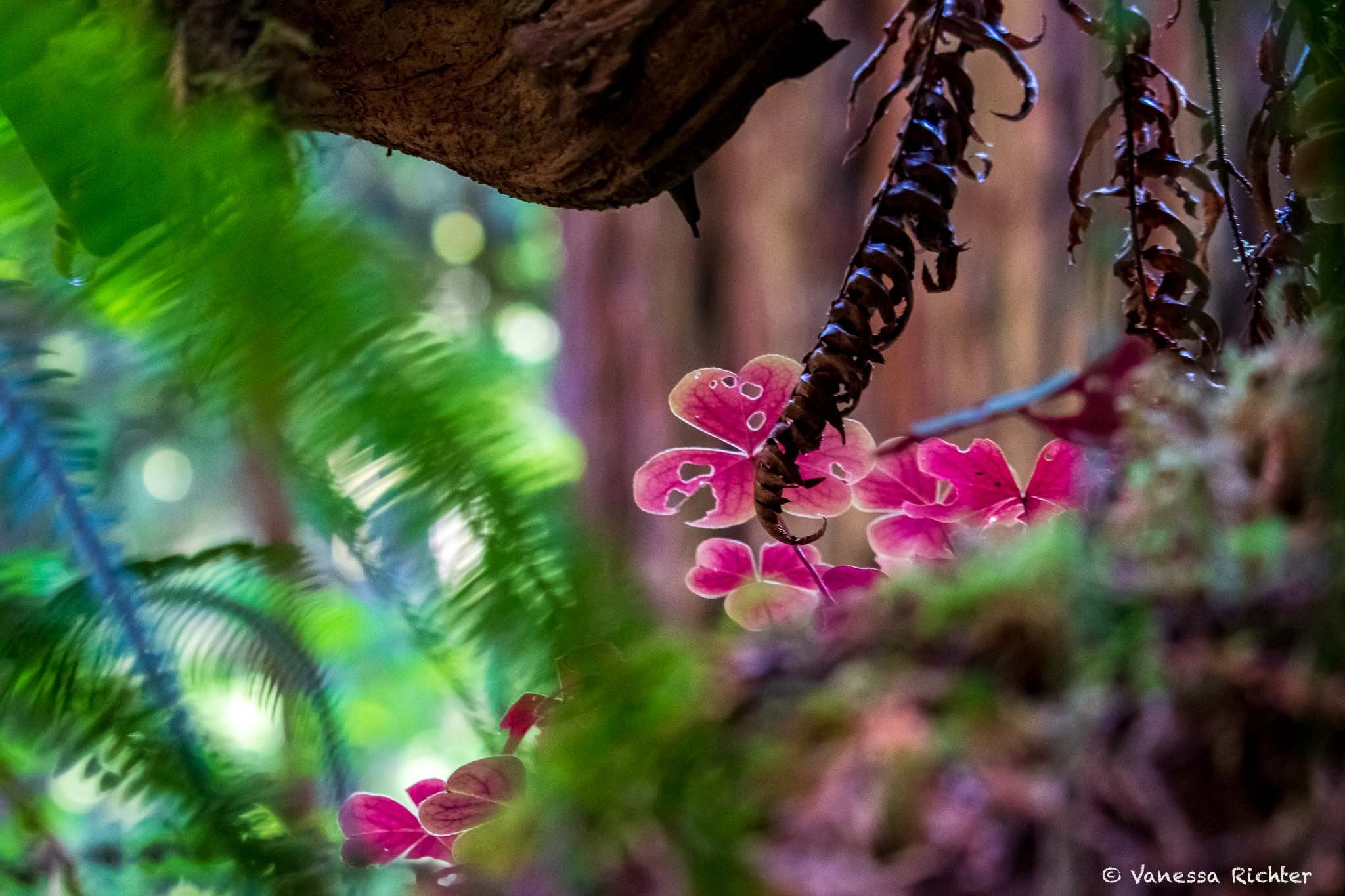
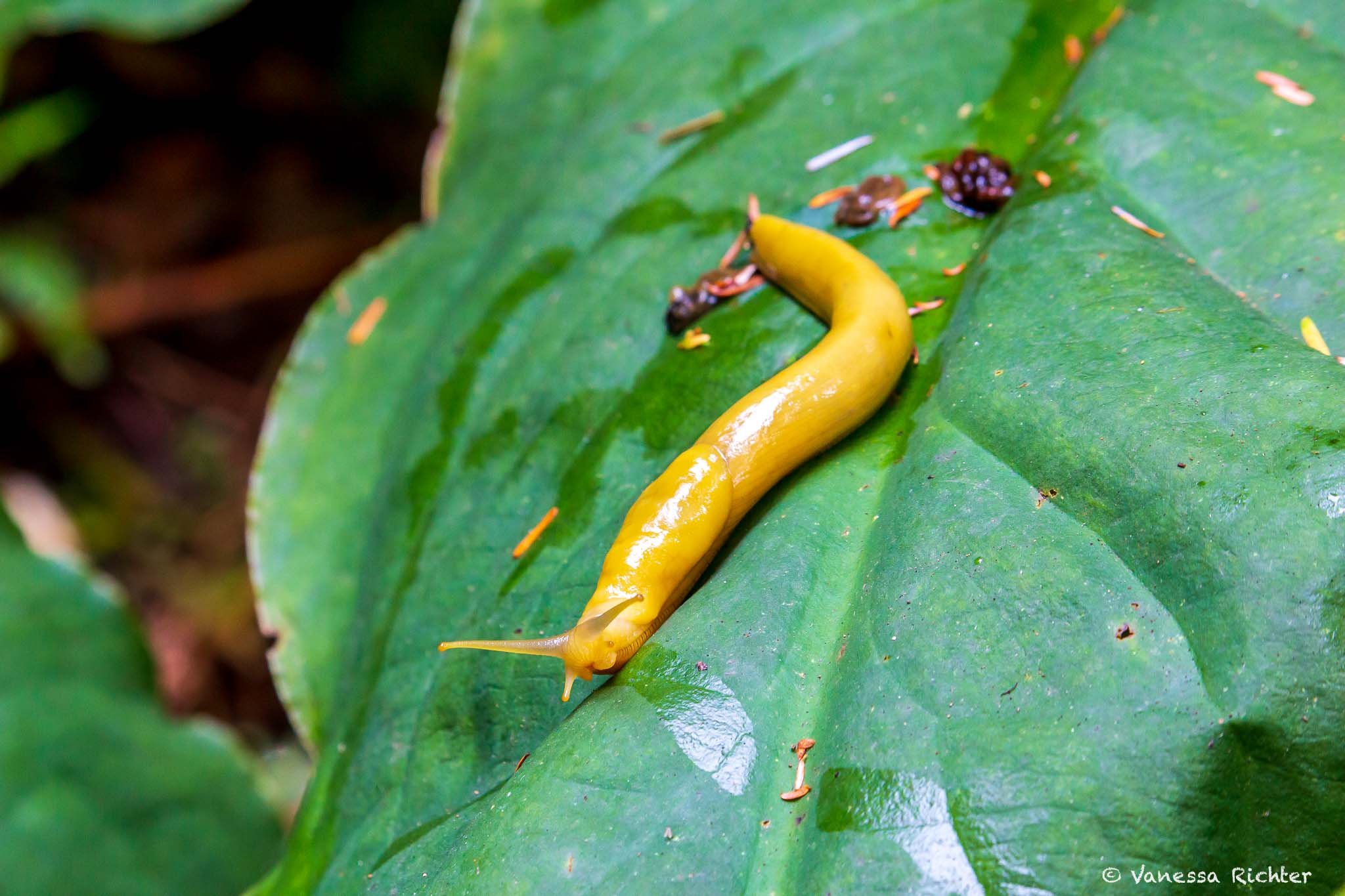
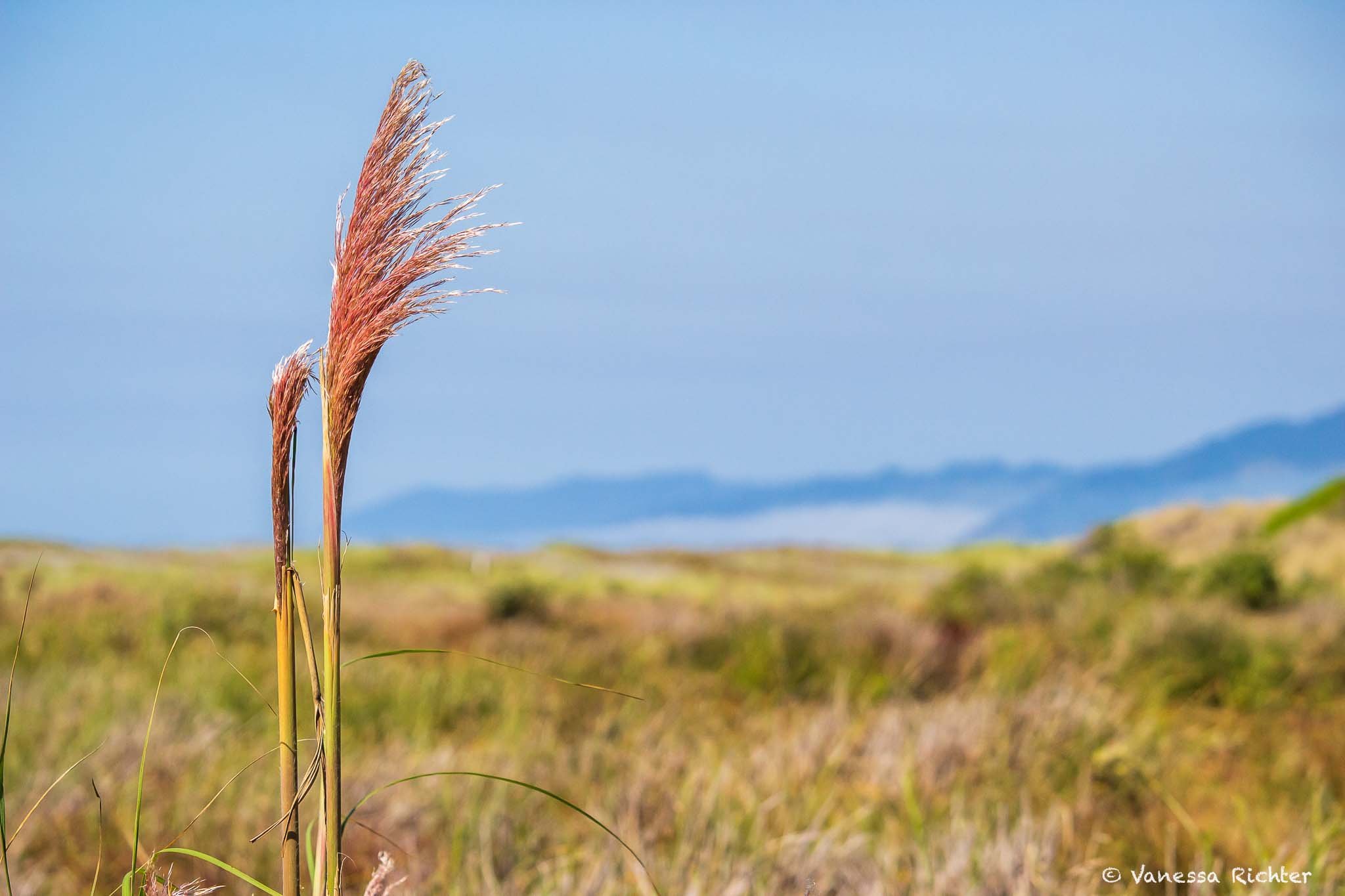
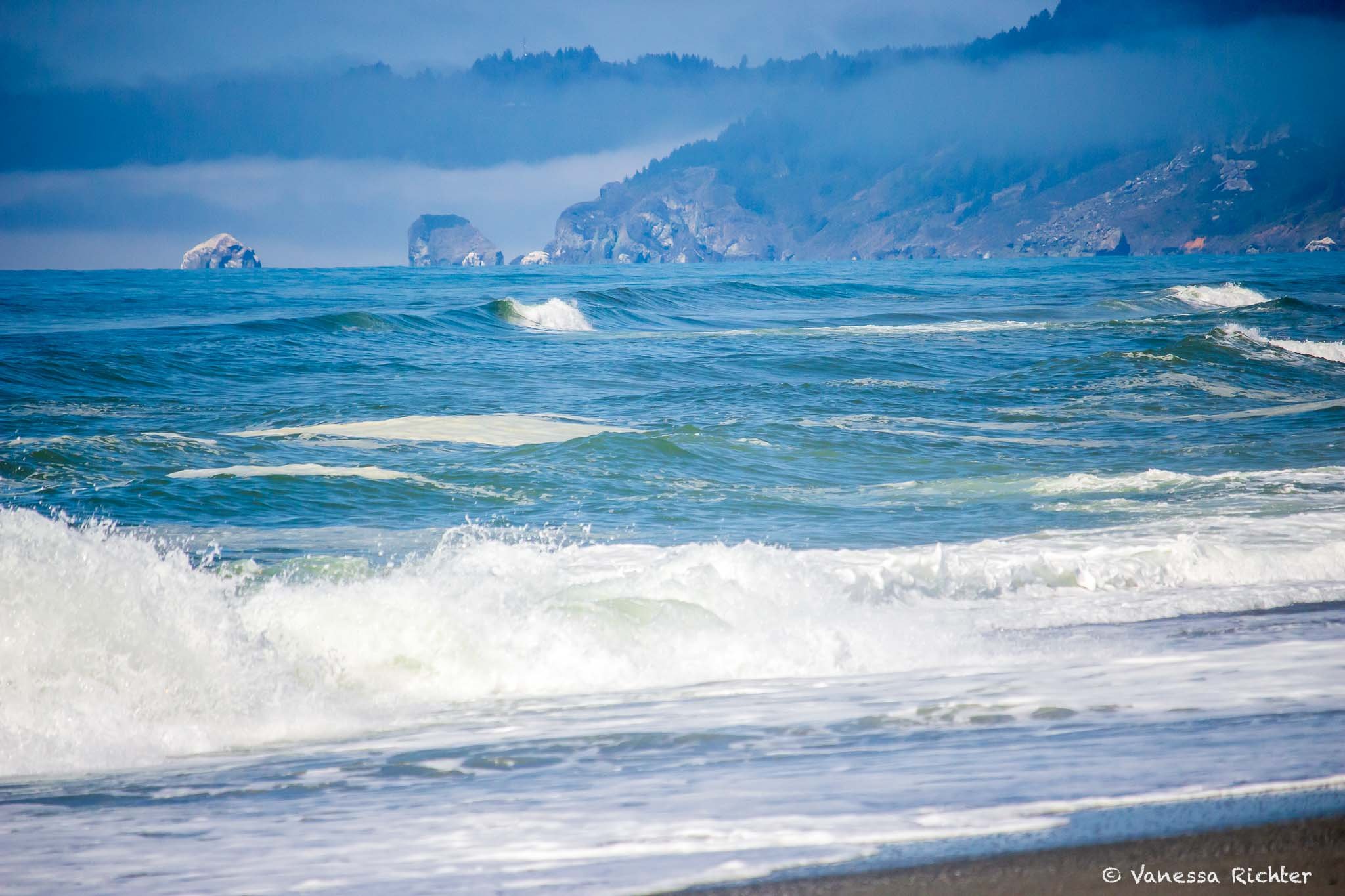
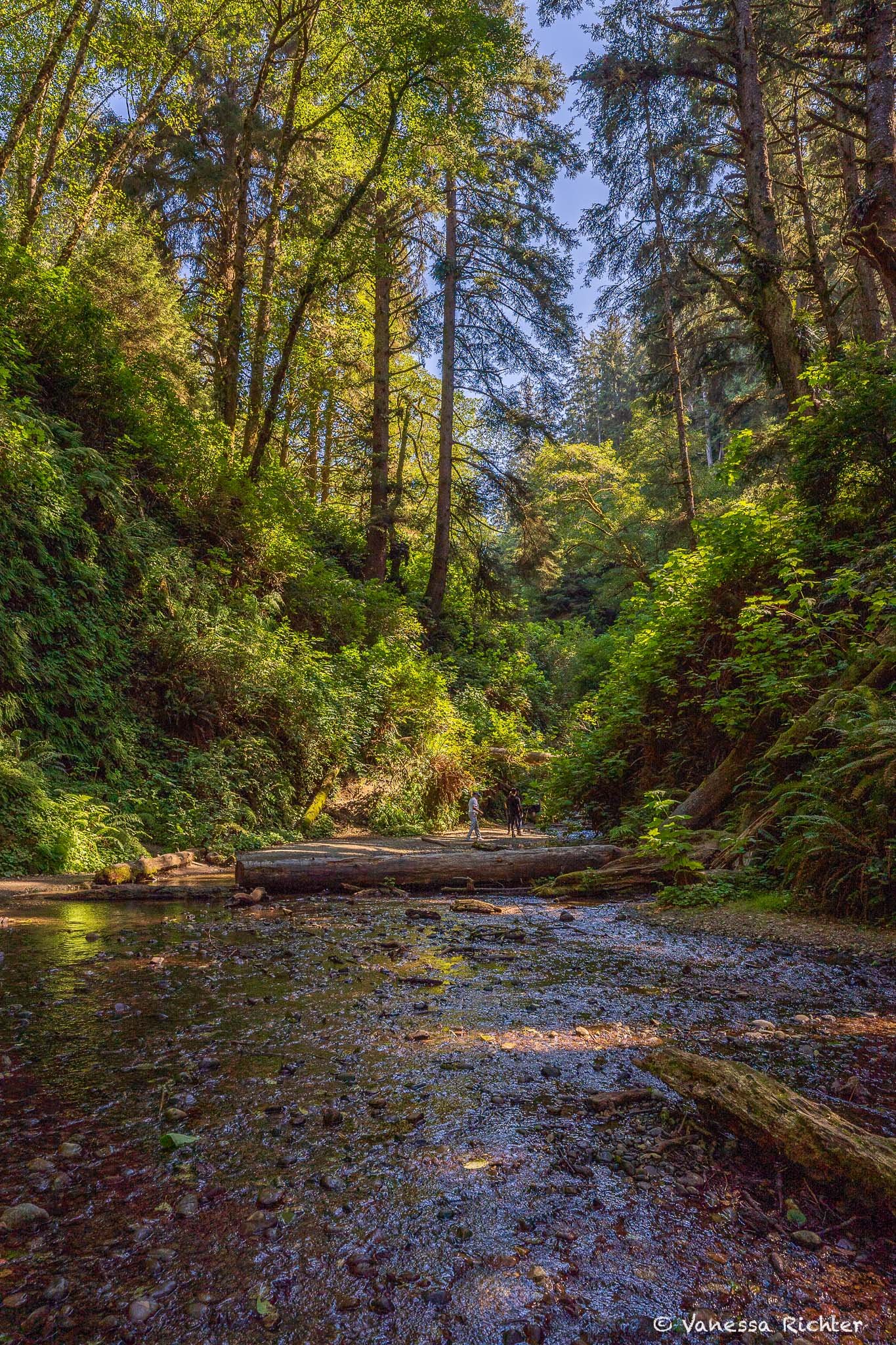
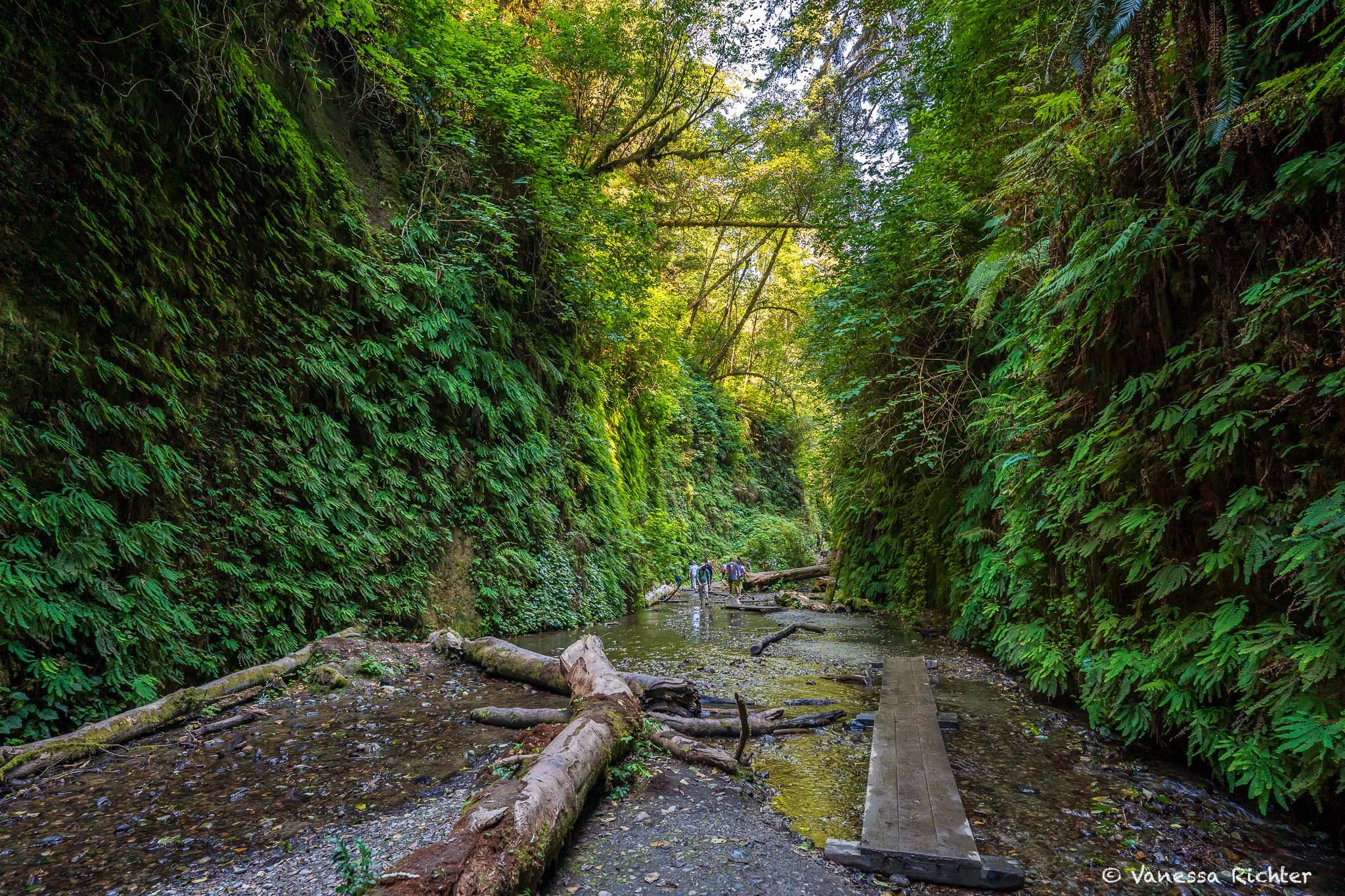
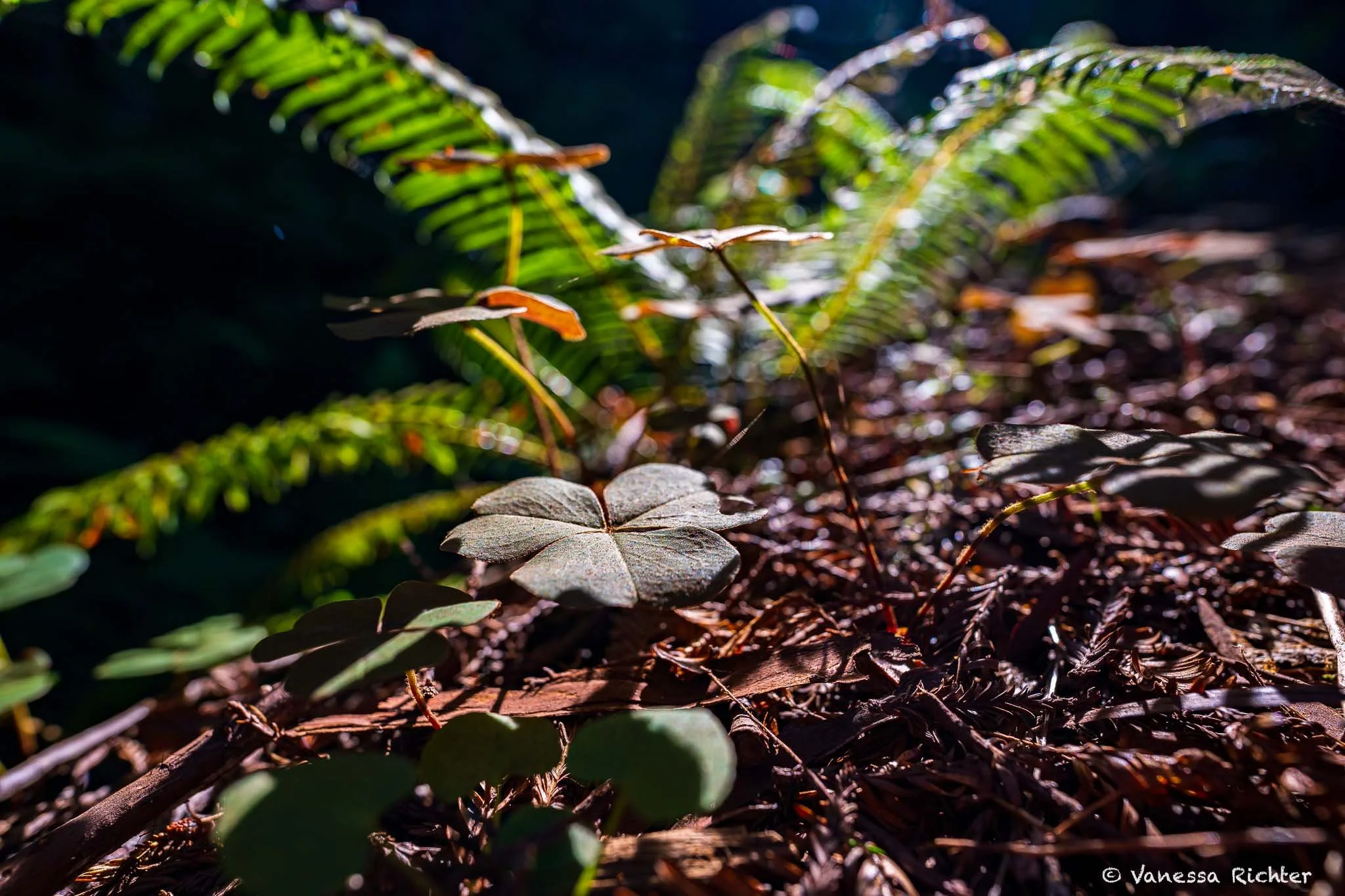

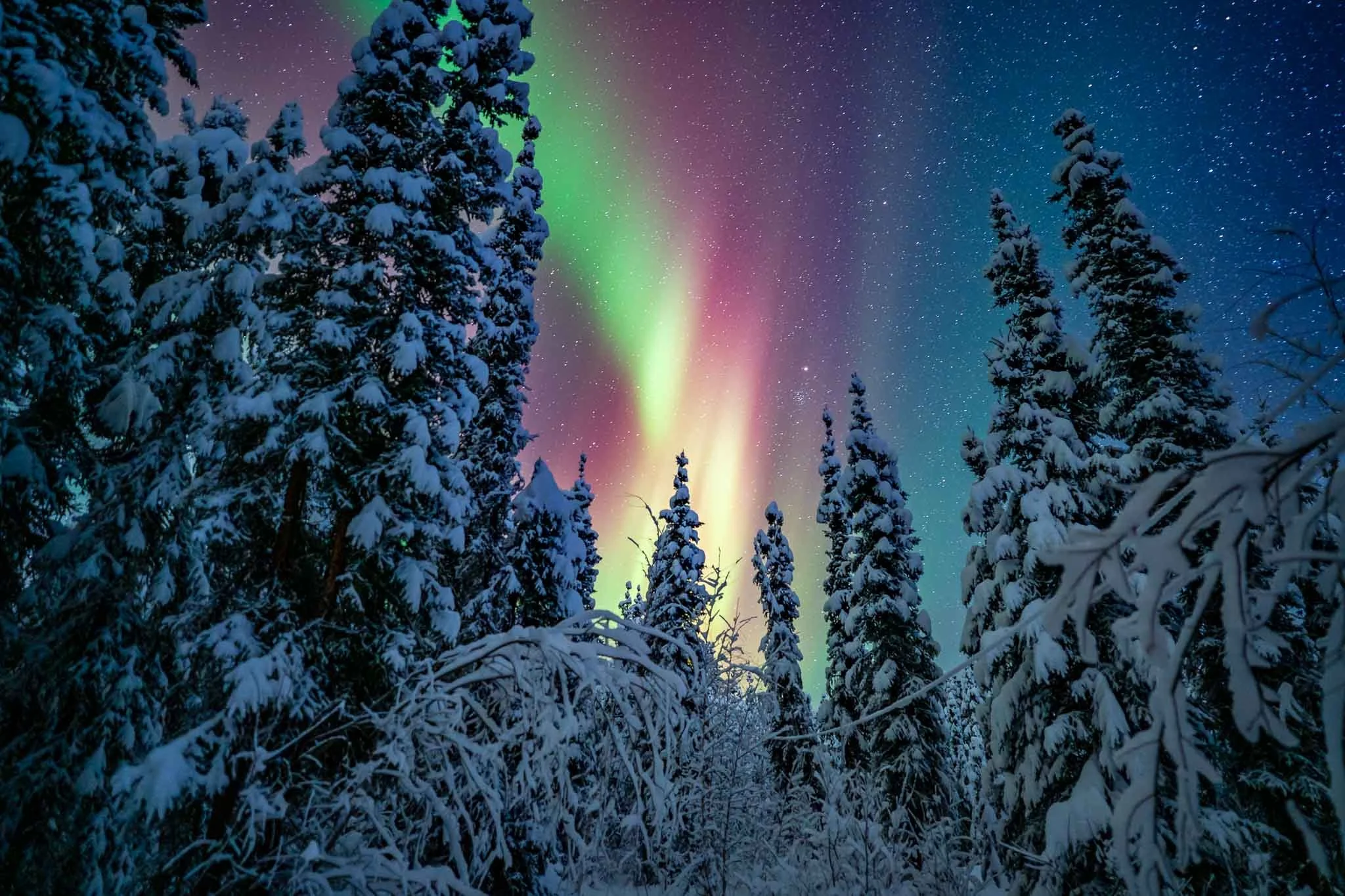

I’m the face, writer, and photographer behind Venture Beyond the Picture.
You’re in the right place if you’re looking for nature-focused travel guides, real tales from the trails, and photography that celebrates wild landscapes, fascinating wildlife, and the quiet beauty of nature.
I hope what you find here helps you plan your adventures across the Western U.S., capture the outdoors through your own lens, and spark new inspiration.